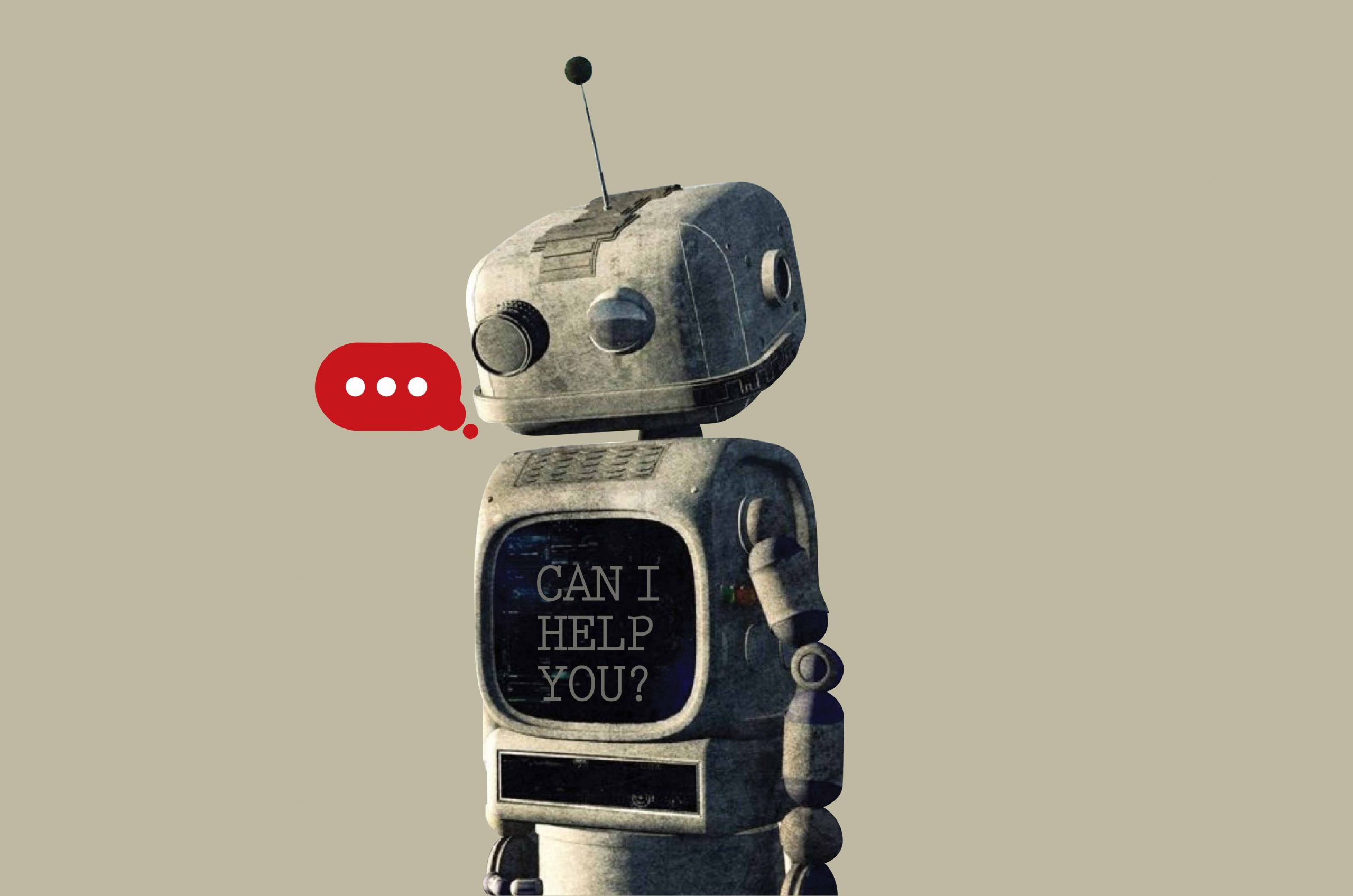Decades of progress in data collection, data processing, and training models have brought us to the edge of a revolutionary breakthrough in artificial intelligence. The relentless efforts of scientists and engineers have set a new technological frontier.
Machine Learning (ML) has made tremendous strides in recent years, with the development of powerful algorithms and the increasing availability of vast amounts of data. As a result, artificial intelligence (AI) is being integrated into a growing number of industries and applications and is poised to revolutionise many aspects of our lives.
One of the most promising applications of AI, made possible by highly efficient ML algorithms is in the field of healthcare, where it is being used to analyse medical images, predict patient outcomes, and even diagnose diseases. In the transportation industry, self-driving cars and drones are being developed that rely on AI to navigate their environments and make decisions. ML is also being used to train AI for increasing manufacturing efficiency, optimising supply chain management and enhance customer service.
However, the increasing prevalence of ML has also raised concerns about the potential for it to take over certain jobs and industries through automated AI processes. Machines have already been trained to automate tasks that were previously performed by humans, such as customer service and data entry. As AI continues to improve and become more widespread, it is possible that it could take over more complex jobs as well. One of the main concerns surrounding the potential for AI to take over is the impact it could have on employment. If AI is able to perform tasks more efficiently and at a lower cost than humans, it could lead to job loss and disrupt entire industries. It is important for governments and businesses to address this issue and develop strategies for mitigating the potential negative consequences of AI on employment.
Despite these concerns, it is important to recognise the many benefits that AI can bring. By leveraging the power of AI, we can solve complex problems more efficiently and effectively, and improve the quality of our lives in numerous ways. The key is to approach the development and deployment of AI in a responsible and ethical manner, taking into account the potential impact on society and the economy.
HOW DID AI DEVELOP OVER THE YEARS?
AI has made significant progress over the past decade, with the development of more powerful algorithms and the availability of vast amounts of data. This has led to the integration of AI into a growing number of industries and applications and has paved the way for the creation of new products and services that rely on AI.
One of the key drivers of AI development in recent years has been the advancement of ML algorithms. ML algorithms allow computers to learn and improve their performance without being explicitly programmed. This has led to the creation of AI systems that are able to perform tasks such as image and speech recognition, language translation, and decision-making with a high degree of accuracy.
Another factor that has contributed to the development of AI is the availability of large amounts of data. ML algorithms require data to learn and improve their performance, and the availability of data from a variety of sources has allowed ML systems to learn and improve faster. The proliferation of data from sources such as social media, internet of things (IoT) devices, and sensors has also enabled the development of AI applications in a variety of fields, including healthcare, finance, and transportation.
AI HAS MADE SIGNIFICANT PROGRESS OVER THE PAST DECADE, WITH THE DEVELOPMENT OF MORE POWERFUL ALGORITHMS AND THE AVAILABILITY OF VAST AMOUNTS OF DATA. THIS HAS LED TO THE INTEGRATION OF AI INTO A GROWING NUMBER OF INDUSTRIES AND APPLICATIONS AND HAS PAVED THE WAY FOR THE CREATION OF NEW PRODUCTS AND SERVICES THAT RELY ON AI.
In addition to the development of ML algorithms and the availability of data, the increasing power and speed of computers have also played a role in the advancement of AI. The ability to process and analyse large amounts of data quickly has allowed AI systems to learn and improve their performance at a faster rate. As a result, AI is being integrated into a growing number of industries and applications and is poised to revolutionise many aspects of our lives.
One significant example of AI’s growth over the last few years is the emergence of technologies like ChatGPT.
WHAT IS CHATGPT?
ChatGPT, short for Conversational Hierarchical Attention Transformer Generative Pre-training is a variant of the popular GPT (Generative Pre-training Transformer) language model. It is designed to generate human-like text that is coherent and appropriate in a given context.
ChatGPT is based on a transformer architecture, which is a type of neural network that has been widely used in natural language processing tasks. The hierarchical attention mechanism in ChatGPT allows it to better understand the structure and context of a conversation, allowing it to generate more coherent and appropriate responses. ChatGPT has been shown to perform well on a variety of language generation tasks, including conversation generation and machine translation. It has also been used to improve the performance of other language models, such as GPT-3. As with any language model, the performance of ChatGPT will continue to improve as it is trained on more data and as the underlying technology and algorithms are refined. It is likely that ChatGPT will continue to be a significant area of research and development in the field of natural language processing and AI.
It is difficult to say how other companies are specifically reacting to the rise of ChatGPT, as it is a relatively new development in the field of artificial intelligence and natural language processing. However, it is likely that companies are paying attention to the progress and performance of ChatGPT and other language models, as they have the potential to revolutionise a variety of industries and applications.
It is likely some companies are conducting research and development in the field of language modelling and natural language processing, with the goal of developing their own language models or improving upon existing ones. The field of AI is highly competitive, and it is likely that companies are working to stay at the forefront of developments in this area. Overall, the sudden rise of ChatGPT and other language models has garnered attention from a wide range of companies and organisations, and they are actively exploring the potential uses and applications of these technologies.
HOW ARE NATIONS DEALING WITH THE RAPID EMERGENCE OF AI?
The development and deployment of AI systems vary from country to country, depending on a variety of factors such as the country’s technological capabilities, economic resources, and regulatory frameworks. Some countries have established national strategies or programs to promote the development and adoption of AI. For example, the United States has a National Artificial Intelligence Research and Development Strategic Plan, which outlines the country’s goals and priorities for AI research and development. China has a national AI Development Plan which aims to position the country as a global leader in AI by 2030.
In addition to national strategies, many countries have also established regulatory frameworks to govern the development and deployment of AI. These frameworks often address issues such as data privacy, security, and ethical use of AI. For example, the European Union has adopted the General Data Protection Regulation (GDPR) to regulate the use of personal data in AI systems.
Many countries are also investing in AI research and development, either through public funding or private investment. This includes funding for academic research, as well as the establishment of research centres and labs focused on AI.
South Asian nations are adopting artificial intelligence in a variety of ways, depending on their technological capabilities, economic resources, and regulatory frameworks. In India, AI is being adopted in a number of sectors, including healthcare, financial services, and e-commerce. The Indian government has also established a national program, the ‘National Artificial Intelligence Mission,’ which aims to promote the development and adoption of AI in the country. In Pakistan, AI is being used in a variety of industries, including healthcare, agriculture, and education. The government has also established a national AI task force to coordinate the development and adoption of AI in the country.
AI is a powerful and rapidly-evolving technology that has the potential to transform many aspects of our lives. While there are valid concerns about the potential for AI to take over certain jobs and industries, it is important to approach the development and deployment of AI in a responsible and ethical manner, taking into account the potential impact on society and the economy. By doing so, we can harness the power of AI to drive progress and improve the quality of our lives.

















